As a concept, observability has been a relatively recent entrant into the world of information technology and cloud technology. The idea originated initially from controls system engineering. Observability refers to the concept of inferring the internal status of the system based on the outputs derived from the same.
This is the conventional definition of observability. When the same idea is applied to the realm of cloud computing and information technology, some of the technicalities change while the core remains the same. Let’s find out more about how it works in IT and cloud computing.
How Does Observability Work In Information Technology?
The world of IT works in a way such that every action is recorded in a streamlined process. The hardware and software components of the system automatically produce these records at every step. This includes all kinds of activities like application logs, security logs, systems logs, system sign-in, events, and the likes.
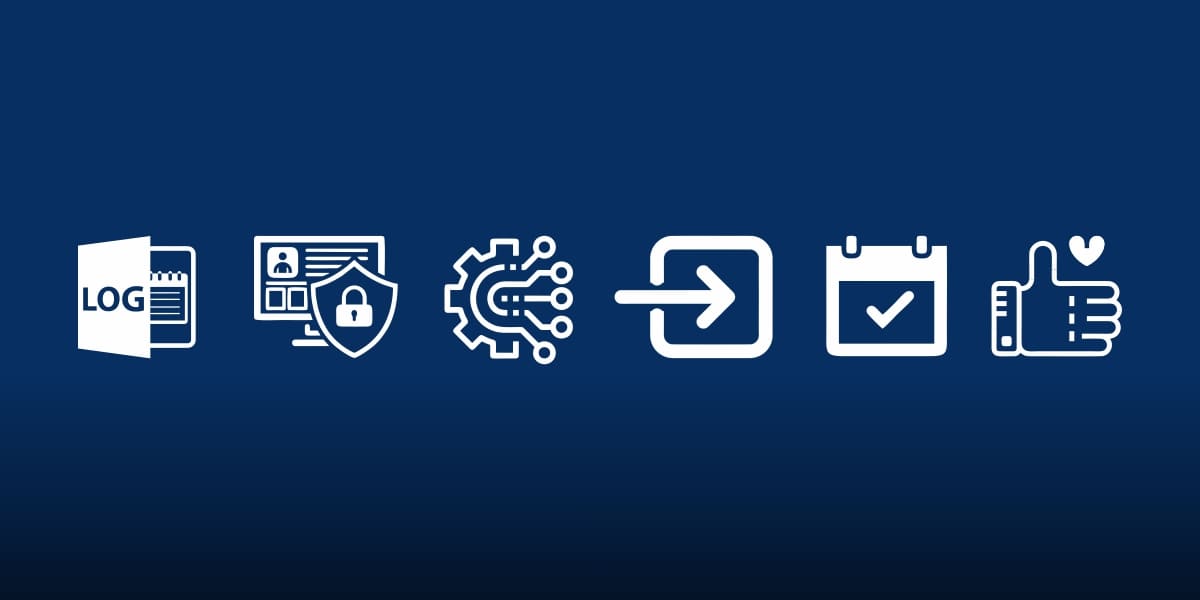
Observability of IT infrastructure refers to the process of monitoring the events and analyzing them in coordination with other KPI parameters in order to derive analytical insights. This leads to the generation of actionable insights for the cloud team. Once the event logs are generated, it helps streamline the process of data aggregation.
Objectives Of Observability
Observability becomes a necessary step towards achieving business objectives and thus to the success of any IT company. The core idea is to analyze, identify, and resolve problems. Observability helps analysts and managers to understand the business problem that could have adverse impacts on the business. There are essentially three objectives of observability here.
Reliability
One of the core requirements of any IT company is to build an infrastructure that is reliable and can cater to the needs of the customers. The best way to achieve this is to have a reliable infrastructure system in place for all IT companies.
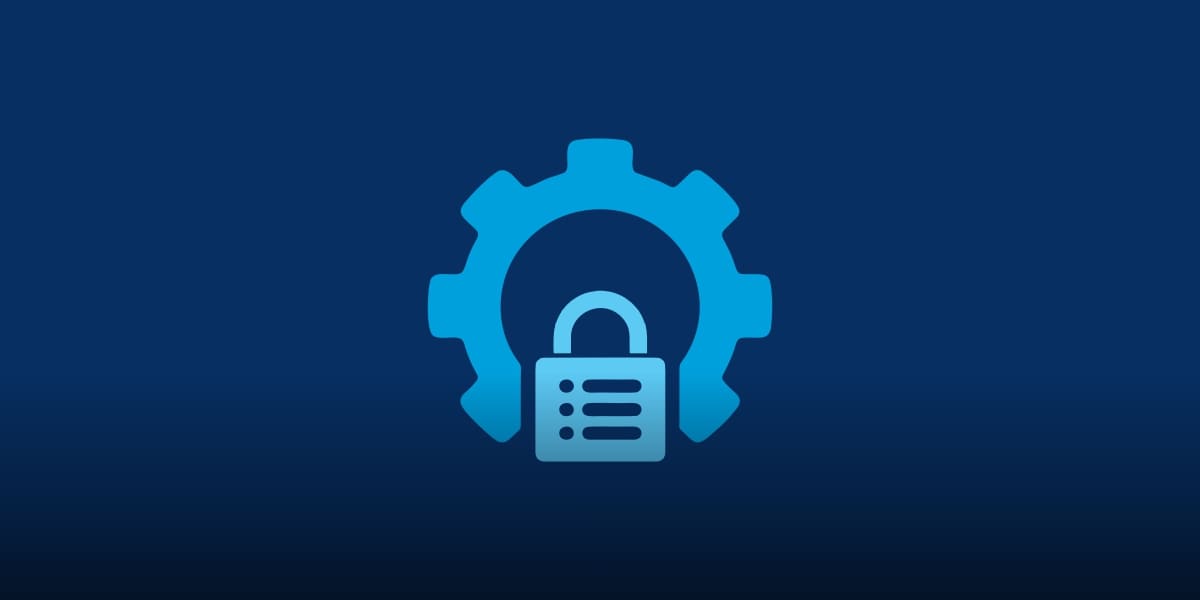
It should monitor the system’s performance to cater to the users’ behavior, network capacity and speed, and other important metrics that can help gauge the system’s health. Ideally, the objective here is to ensure that the system keeps performing the way it should in order to keep it reliable for the users.
Security
Companies usually come packed with a lot of sensitive information that cannot be exposed to the outside world. This data often stands at the risk of being exposed improperly. Security for the IT systems is indeed a very important component, especially when the companies have strict regulatory and compliance requirements.
Observability can help take care of the security aspect of the organization by detecting potential intrusions in the system, detecting system threats, and the likes. All of this can be achieved by analyzing and keeping tabs on the system logs. This helps you stay prepared before the attack and the data leak.
Growth
Growth is the most important component of any business. And most of the time, revenue growth determines the success of the organization. Network observability can help drive revenue growth by generating useful information about user behavior. This, in turn, could lead to deriving more revenue from the users.
It also helps analyze how user behavior changes with factors like system speed, availability, application format, and the likes. The idea is to analyze the data on the logs in order to generate insights that could eventually optimize the system’s performance and bring more revenue.
Observability Vs. Monitoring
In order to understand the difference between observability and monitoring, it is imperative to understand the basics of the latter. This is essentially the practice of determining the state of the infrastructure or system by performing tests on the application. The idea is to keep tabs on the application, or monitor it.
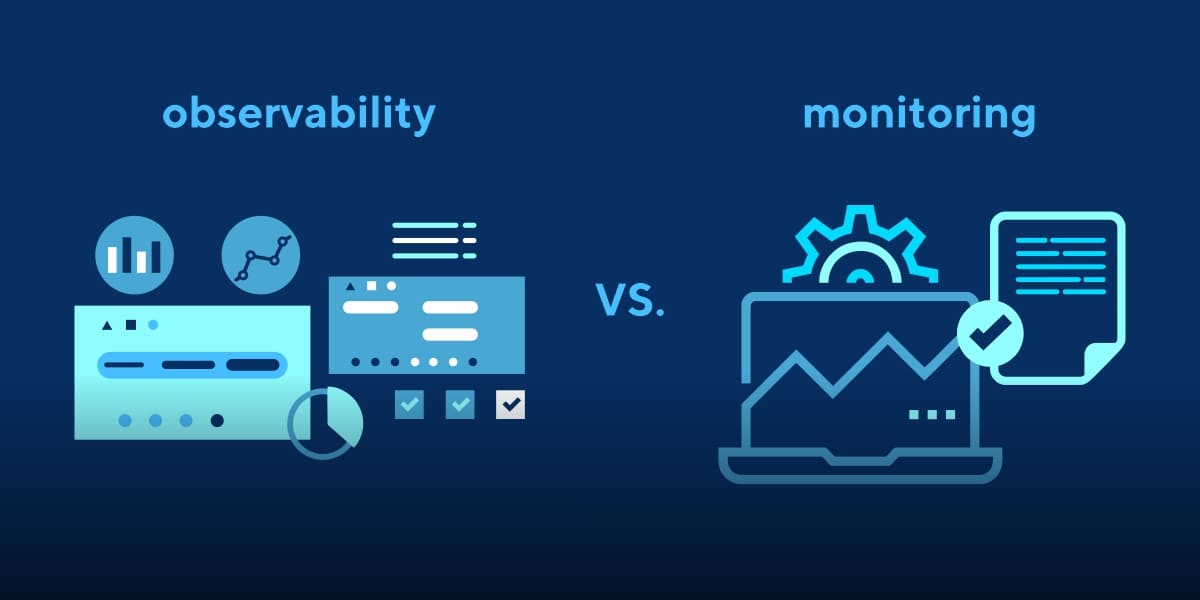
By doing so, you can keep track and identify the problem. While that is the overall definition of the concept of monitoring, it has actually evolved in other forms as well. For instance, during software development, coders usually make use of monitoring practices in order to match codes with the performance outcome.
This helps optimize the system while it is still in development. But do you know how observability is related to monitoring? These two concepts in the IT infrastructure and cloud computing world share a symbiotic relationship with one another. Observability and monitoring go hand in hand.
Observability is feasible only when data from within the system is made available to the operators. On the other hand, monitoring is the process of collecting the data from the system and presenting it. The process flows in a way such that you make your IT system observable.
Thereafter, you can collect the data from the IT system to monitor it. The final piece of the puzzle involves a crucial concept called analysis. Unless the data is analyzed to derive insights, observability, and monitoring together, do not work. This is how it works.
In fact, the better your capabilities for analysis, the more useful are the process of monitoring and observability. In effect, observability and monitoring are two pieces of the same coin. And the idea is to work in coordination with both the concepts in order to increase revenue growth.
Is Observability The Future Of System Monitoring?
One of the biggest trends in the industry is the radical shift of business and commerce to the cloud. In fact, different companies are at different stages of shifting their system to the cloud. While some have successfully migrated their infrastructure, some others are in the middle of it.
On the other hand, some other organizations have not started their shift to the cloud at all. The global cloud migration journey is still in process for some of them. The idea is to monitor the applications and maintain a certain optimum level of performance.
Application monitoring solutions, however, face the issue of collecting too much information. In order to cater to this global problem, industries are making a huge shift from using monitoring tools to observability. This works in advance and helps you stay prepared for the upcoming obstacles.
In this context, VirtualMetric has very useful monitoring and reporting solution that helps collect and analyze statistics from within the system environment. VirtualMetric provides agentless monitoring and in-depth aspects for the infrastructure. It is easy to deploy with advanced features. You can make use of the 30-day free trial to understand the tool and its potential.

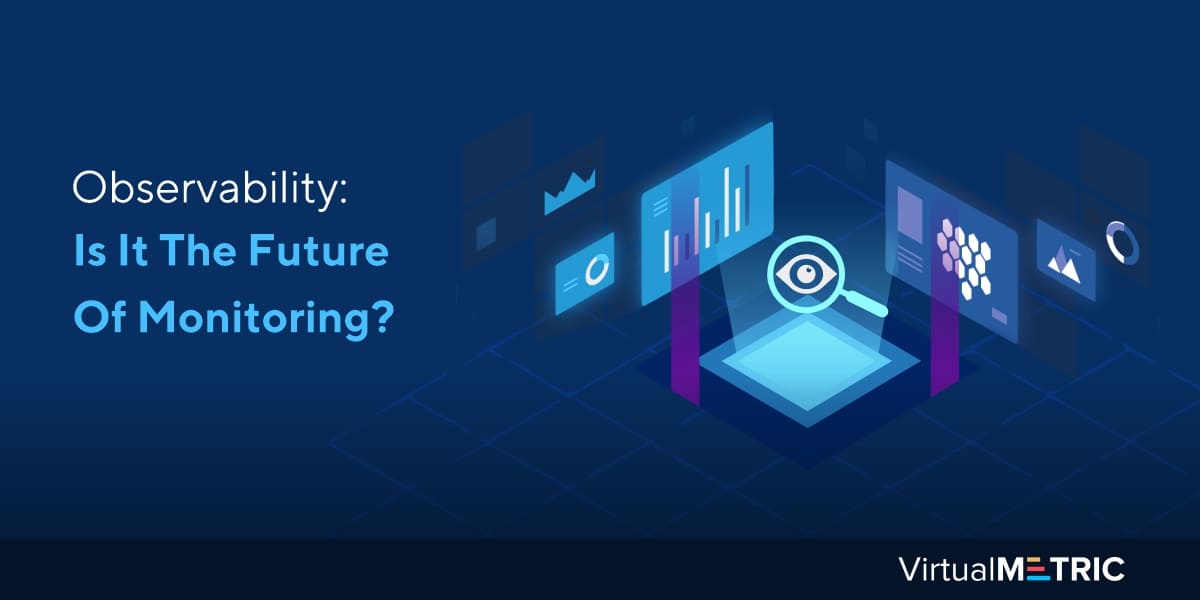

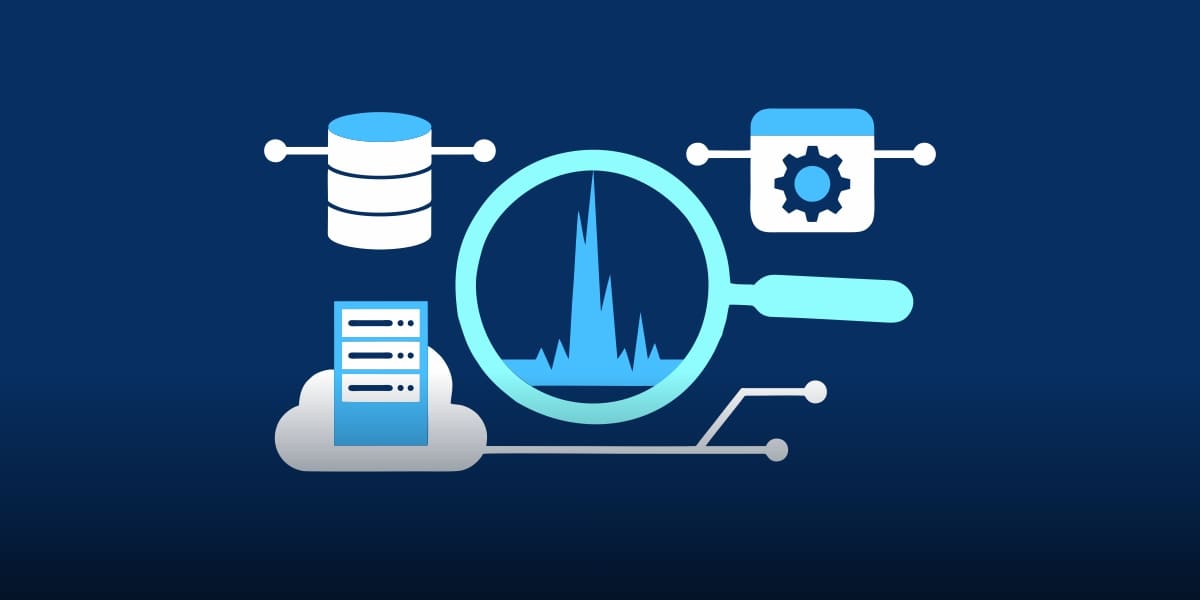
Leave a Reply